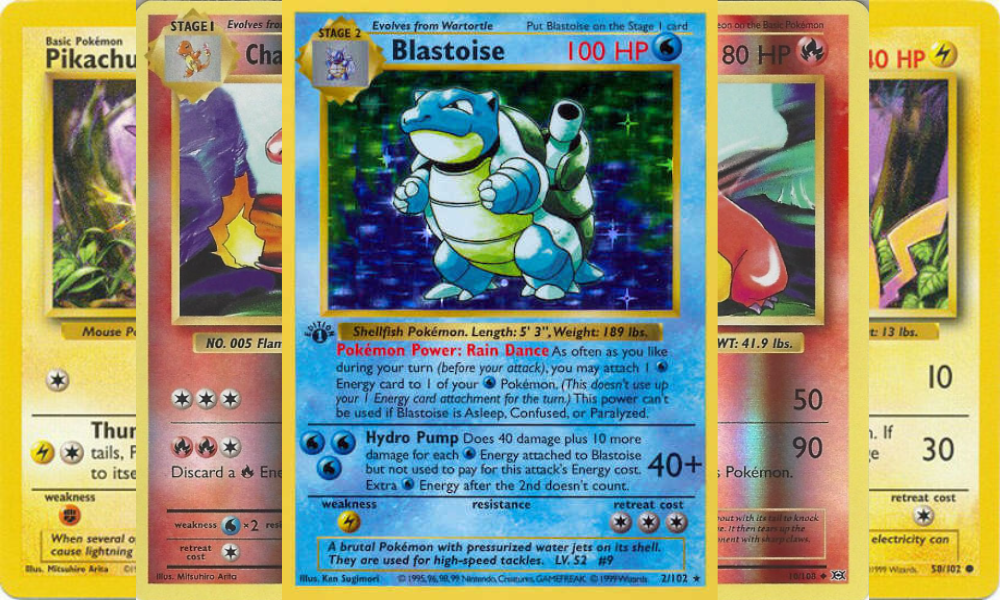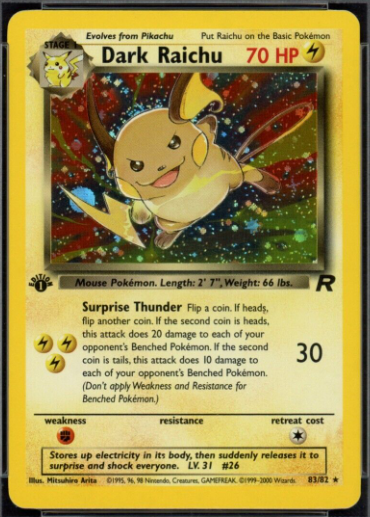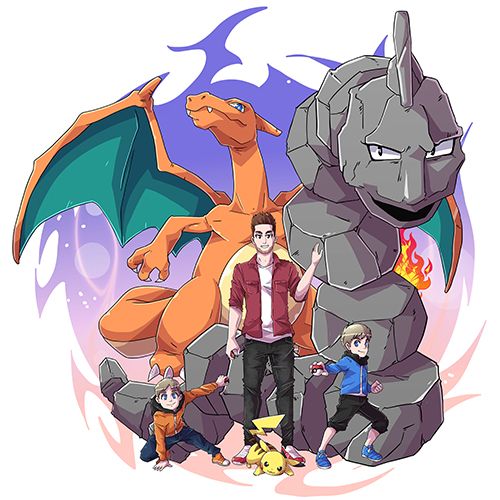This page may contain affiliate links to places like eBay and other online retailers. If you buy from a link, we may earn a small commission. Learn more.
There are multiple different Pokémon card rarities, with each new era of cards seemingly adding to the complexity!
In guide I’m going to simplify the topic as best I can, so you have a clear understanding on the rarity of your cards, and what the symbols mean.
Let’s get into it!
Pokémon Card Rarity Chart
Card rarity is usually displayed on the bottom right hand corner of the card.
The majority of cards will contain one of these symbols below.
| Symbol | Card Rarity |
| Common | |
| Uncommon | |
| Rare | |
| Promotional |
There are of course odd instances where cards do not. For example, the first print run of Japanese Pokémon cards in 1996 didn’t contain a rarity symbol. These highly valuable cards are commonly known as ‘No Rarity’ cards.
Pokémon Card Rarity by Card Type
Along with the symbols above, we also have an added level of detail because of holographic cards:
Holo Rares
All standard holographic cards, (where the shiny part is in the character design window like below), are rare (excepts promo cards). As mentioned above, these will all have a black star in the bottom right corner.
View this post on Instagram
Reverse Holos
Reverse holographic cards can be common, uncommon or rare.
See here for my detailed guide on ‘What is a Reverse Holo Pokémon card?’ if you need more information on distinguishing these type of cards.
Non Holographic Cards
As the name suggests, these cards don’t have a holographic design. These can be common, uncommon or rare too.
Secret Rare Cards
Secret rare cards are extremely hard to pull. Although they are distinguished in the same way as standard rares (with a black star), their card number will exceed the total number listed for the set.
The first ever, and perhaps most famous secret rare card is the Dark Raichu from 2000 Team Rocket.
Look in the bottom right corner of the card. Although it says there are 82 cards in the set, this card is labelled 83/82. It’s a secret rare!
Ultra Rare Cards
Finally we have ultra rares. These have taken many forms over the years, from simply containing a Gold Star next to the character name, to full art Rainbow cards.
Here are some examples in naming conventions you might come across:
- Pokémon EX
- Pokémon GX
- Pokémon Gold Star
- Pokémon LEGEND
- Pokémon LV.X
- Pokémon Prime
- Pokémon V
- Pokémon VMAX
- Pokémon VSTAR
And here’s a full art rainbow rare Charizard from my collection!
View this post on Instagram
READ NEXT: The Rarest Pokémon Cards in The World
My Final Thoughts
Pokémon card rarity is certainly one of those things that gets more complex, as more sets are released.
Ultimately the Pokémon Company are just trying to provide collectors and players with something new to keep them coming back.
But as long as you understand the core components with regard to common, uncommon and rare cards – and how they combine with the different holographic versions, you should be fine in terms of your understanding of what the cards and symbols mean.
I hope this helped, and thanks for reading!



